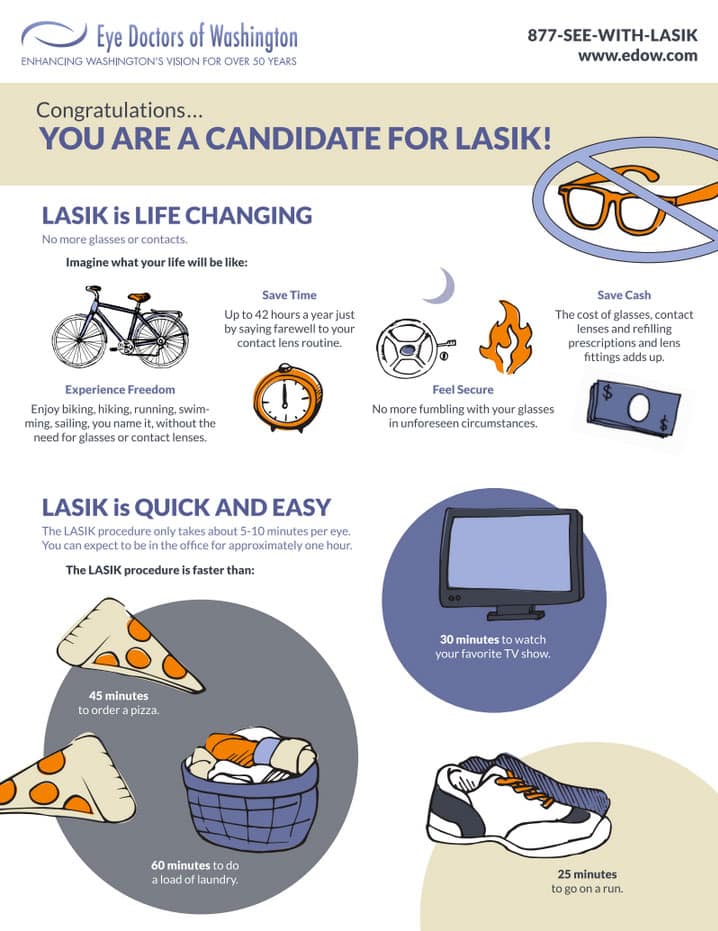Refractive Lens Exchange Explained: What Your Ophthalmologist Isn't Telling You
Refractive Lens Exchange Explained: What Your Ophthalmologist Isn't Telling You
Blog Article
Developed By-Bennetsen Schofield
Have you ever before took into consideration Refractive Lens Exchange (RLE) as an option for vision correction? While it isn't as extensively reviewed as LASIK, RLE could be a game-changer for your eyesight. Many individuals forget its benefits, believing standard methods are their only option. But what are the real advantages, and what might your eye doctor not be telling you about this procedure? Let's check out the ins and outs of RLE with each other.
Understanding Refractive Lens Exchange: The Basics
Refractive lens exchange (RLE) is a surgical procedure that can substantially improve your vision, especially if you're dealing with presbyopia or severe refractive mistakes.
Throughout RLE, your eye doctor eliminates your eye's natural lens and changes it with an artificial one tailored to your vision requires. This procedure can remedy nearsightedness, farsightedness, and astigmatism, giving you more clear vision without relying on glasses or call lenses.
The surgery is normally fast, taking less than an hour, and many patients experience very little pain. Recuperation is fairly quick, allowing you to return to your day-to-day tasks soon after.
If you're considering RLE, seeking advice from your ophthalmologist can help you establish if it's the appropriate choice for you.
Secret Differences In Between RLE and Traditional Cataract Surgical Procedure
While both refractive lens exchange (RLE) and conventional cataract surgical treatment involve changing the eye's all-natural lens, their main objectives and person profiles vary considerably.
RLE is aimed at individuals seeking to decrease their dependancy on glasses or get in touch with lenses as a result of refractive errors, typically before cataracts develop. On the other hand, typical cataract surgical procedure normally targets people who've established cataracts, which cloud the lens and impair vision.
The lenses made use of in RLE can offer a wider range of vision adjustment, while basic cataract surgical treatment normally involves standard monofocal lenses.
Additionally, RLE prospects are usually younger and in excellent total health and wellness, whereas cataract individuals might be older and have other health issues.
Choosing the appropriate procedure depends on your specific vision requirements and scenarios.
Prospective Advantages and Factors To Consider of RLE
If you're considering refractive lens exchange (RLE), you'll find numerous possible benefits that may boost your quality of life.
RLE can give you with clearer vision, minimizing or getting rid of the need for glasses or call lenses. It provides a chance to resolve presbyopia and other refractive mistakes all at once, commonly enhancing your general visual acuity.
In addition, RLE can be a wonderful option if you're not an appropriate candidate for LASIK. However, it's important to consider the factors to consider, like the expense, possible risks, and the healing duration.
Discussing your details requirements with your ophthalmologist can assist you make an informed decision, guaranteeing you select the best path for your vision adjustment.
Verdict
In conclusion, refractive lens exchange provides an unique remedy for vision improvement that goes beyond what LASIK can provide. It's necessary to evaluate the advantages against possible risks and expenses before choosing. Do not be https://www.forbes.com/sites/meriameberboucha/2018/01/28/this-is-what-happens-in-laser-eye-surgery/ to ask your optometrist the difficult questions to ensure you fully understand the procedure and its ramifications for your vision. With the best info, you can with confidence pick the most effective alternative for your eyes and way of life.
